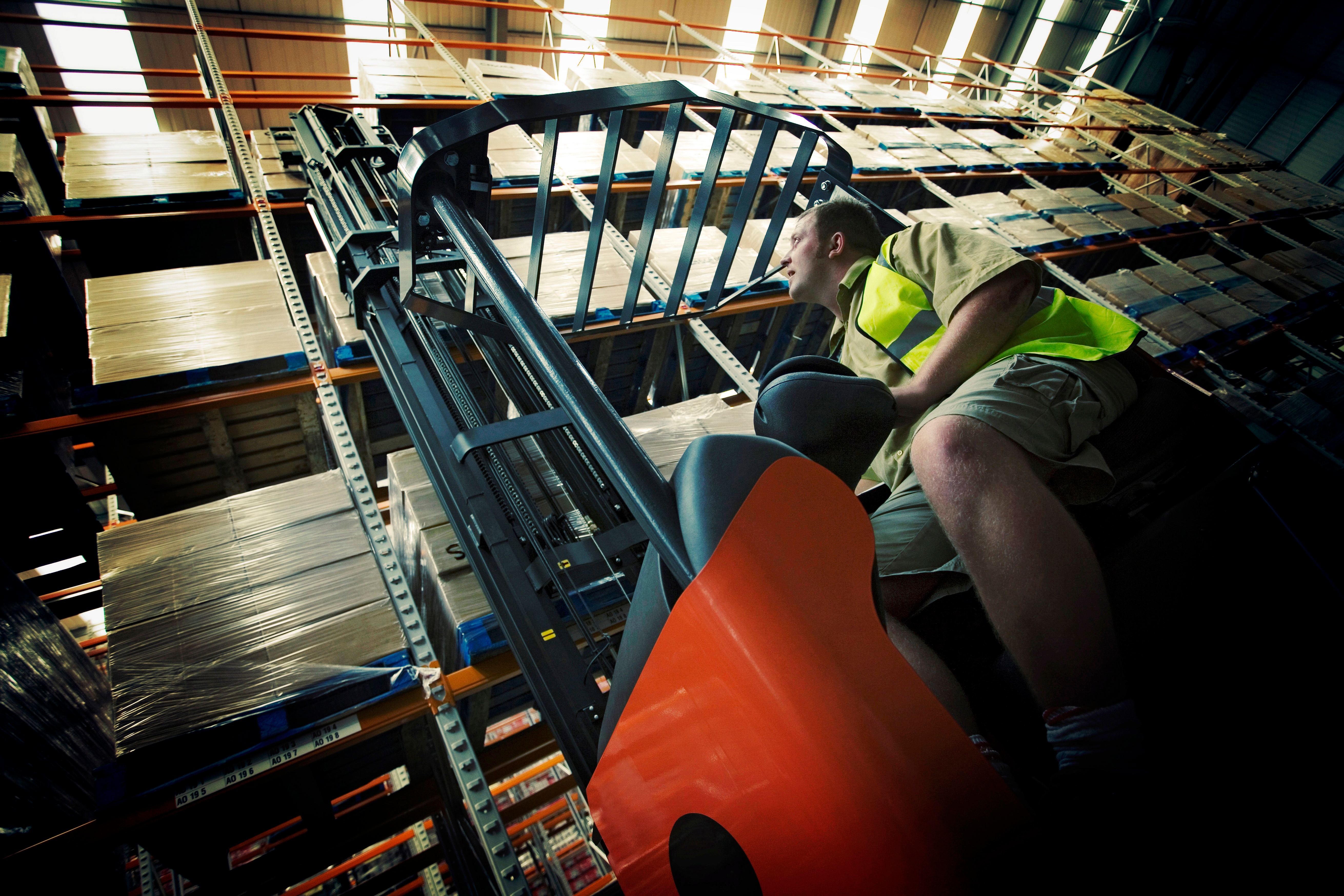
If you don’t know these logistics trends, then you are definitely headed for trouble. Play safe and read on.
Two decades ago, logistics management was physically quite complicated. New technologies have changed the way supply chains operate. The business is primarily dominated by software, and the role of hardware is dropping. The orders given by the consumers move in a much more efficient manner through different logistical stages. This change is also dictated by certain external forces such as availability of resources, global politics, global markets, etc.
There were trends that shaped this industry in the past, and there will be trends that will reshape the logistics market in the future. Keeping abreast of these trends will ensure that you can successfully design strategies and stay competitive. Let us look at some of the top trends:
5 Logistics Trends You Absolutely Need to Know
1. Globalization
The internet has allowed consumers to choose a product from any corner of the world and businesses must be ready to ship those products to almost any place possible. Businesses have adopted various strategies to cater to the international market. The logistics industry should be able to keep up with globalization as you may lose the competitive edge without it.
2. Development and Innovations in Technology
You must be aware of various technological changes and innovations that have begun to dominate this industry. Some innovations include cloud technology, voice technology, use of truck scales, mobile computing, and track and trace technology. These have become an integral part of the supply chains, and their presence will continue to grow. Other developments such as 3D printing are just emerging and are currently not playing a significant role for logistics but eventually they will prove to be game-changing elements in this space. Keep an eye out for all such innovations.
3. Robotization and Automation of the Warehouse
The advent of e-commerce has changed the way people order and the way businesses deliver the products to them. The one factor that massively slows down the processes are the human stock pickers who go to several warehouses to collect goods that are meant to be shipped. The number goes up during the festive seasons or when e-commerce sites announce massive sales or discounts. By bringing in robots in the warehouses and automating them, you can optimize logistics and speed up processes. It won’t take long when even the delivery to the customers are done by robots.
4. Economic and Environmental Change
There are factors such as rising costs of materials and dwindling resources that will also affect the logistics business. Though such environmental and economic factors do not revolutionize the logistic models, but they do bring about certain changes that will change how the industry functions. For example, they might lead to an increased scrutiny around tracking; changes may be made while designing supply chains to minimize the effect of rising costs and smaller businesses will seek to merge with larger logistic companies to achieve adequate economies of scale.
5. End-to-End Visibility
When there are complete transparency and visibility to the entire supply chain, you can achieve demand-driven planning. With this, you ensure that necessary changes can be made in the sourcing and supply of the required materials, check their capacity and track consumers’ demands, all of which allow you to respond efficiently to them.
If you are in this space, optimizing logistics should be on top of your to-do list. Always stay on top of the current and upcoming trends to stay relevant in the industry.
{{cta(‘5e09e152-c4fc-411c-95ba-ec20dcc2938e’)}}
Guest Author Bio:
Kevin Hill heads up the marketing efforts and provides technical expertise to the sales and service teams at Quality Scales Unlimited in Byron, California. He enjoys everything mechanical and electronic, computers, the internet and spending time with family.
